These are the main teaching and learning points in this topic. KS2 – National Curriculum links : Geography, History and Science.
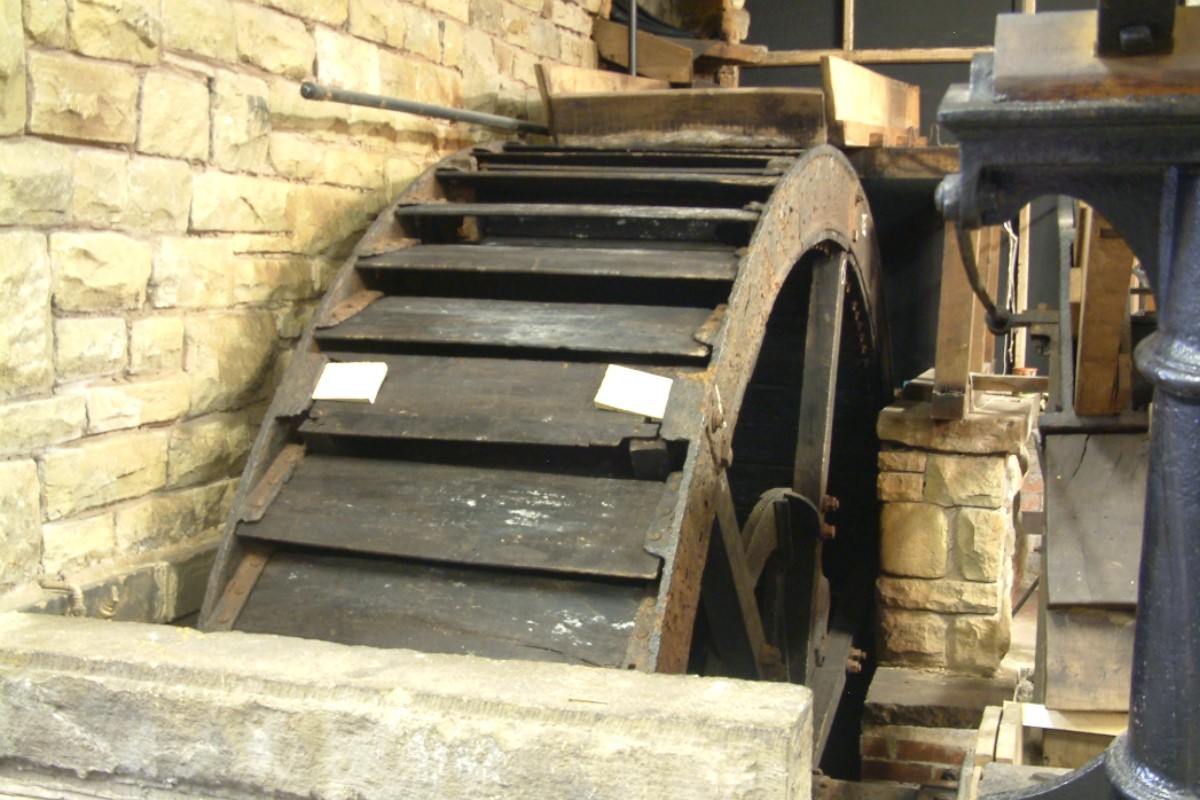
Power to Make Things
We need to power the machines that make the things we need. Before 1750 most of the factories and mills were powered by water, wind, or horses. Water was a good source of power, but it meant factories had to be located by a river. There are many textile mills in Calderdale because of the steep rivers, fed by rain on the moors.
Waterwheel and fulling stocks, Calderdale Industrial Museum
Steaming Ahead!
Steam power was vital to the industrial revolution, From the 1830s it had a key role in the huge increase in the productivity of British industries. Steam Engines can be much more powerful than water wheels. The earlier beam engines were succeeded by more powerful horizontal engines. And mills and factories could be sited anywhere that had sufficient water and access to a supply of coal. This caused many changes in how people lived and worked.
Beam Engine, Calderdale Industrial Museum
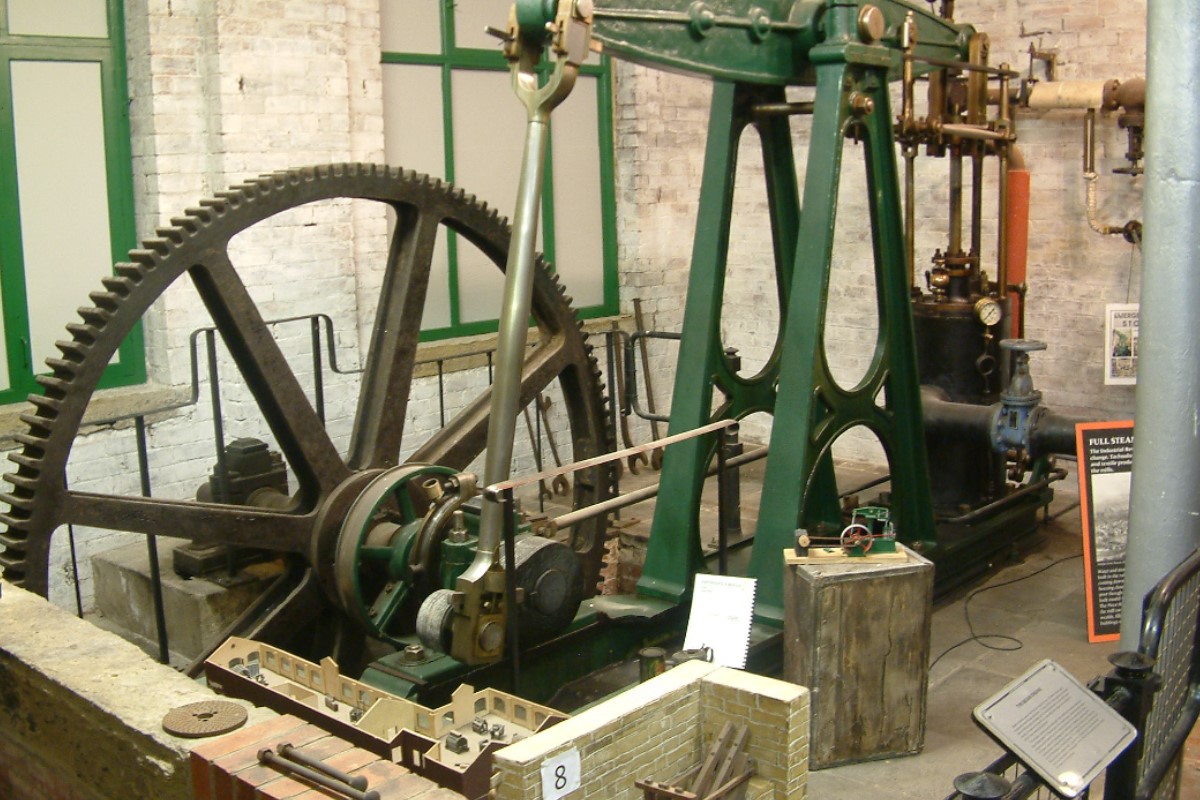
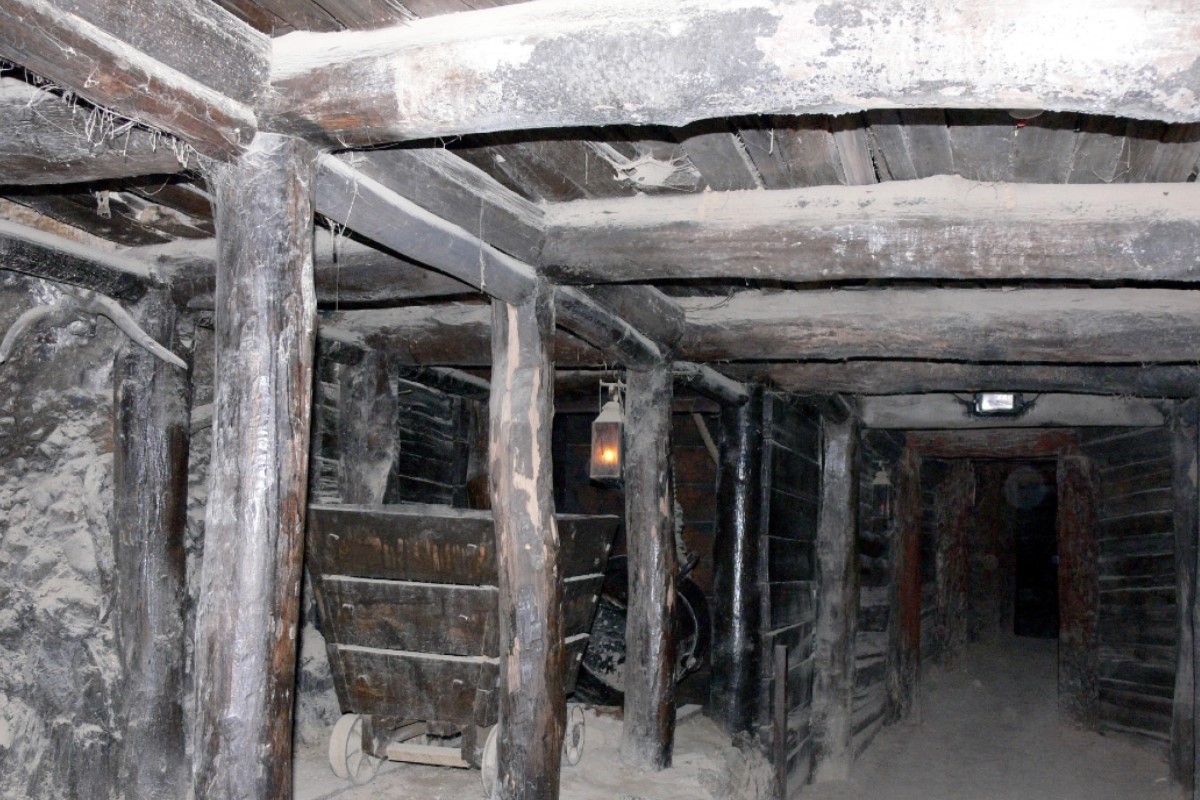
Coal and Pollution
More coal was needed than ever before to keep up with the increase in using steam power. It was also burned for heat in houses, making towns very smoky and dirty. At the start of the industrial revolution coal mining was entirely dependent on people not machines. The coal had to be cut, often from very thin seams. It was a very dangerous and dirty job. There are mine shafts all over Calderdale, to get at the three seams of coal below.
Underground coal mine.
Coal and Global Warming
Burning non-renewable fuels like coal produces carbon dioxide. This is a ‘greenhouse gas’ that slows down the rate at which heat escapes from the Earth into space. This is contributing to the Earth’s climate warming up. There is now good evidence that this is causing more droughts, flooding and extreme weather. It is also causing sea levels to rise as glaciers and ice-caps melt.
Power Station burning fossil fuels.
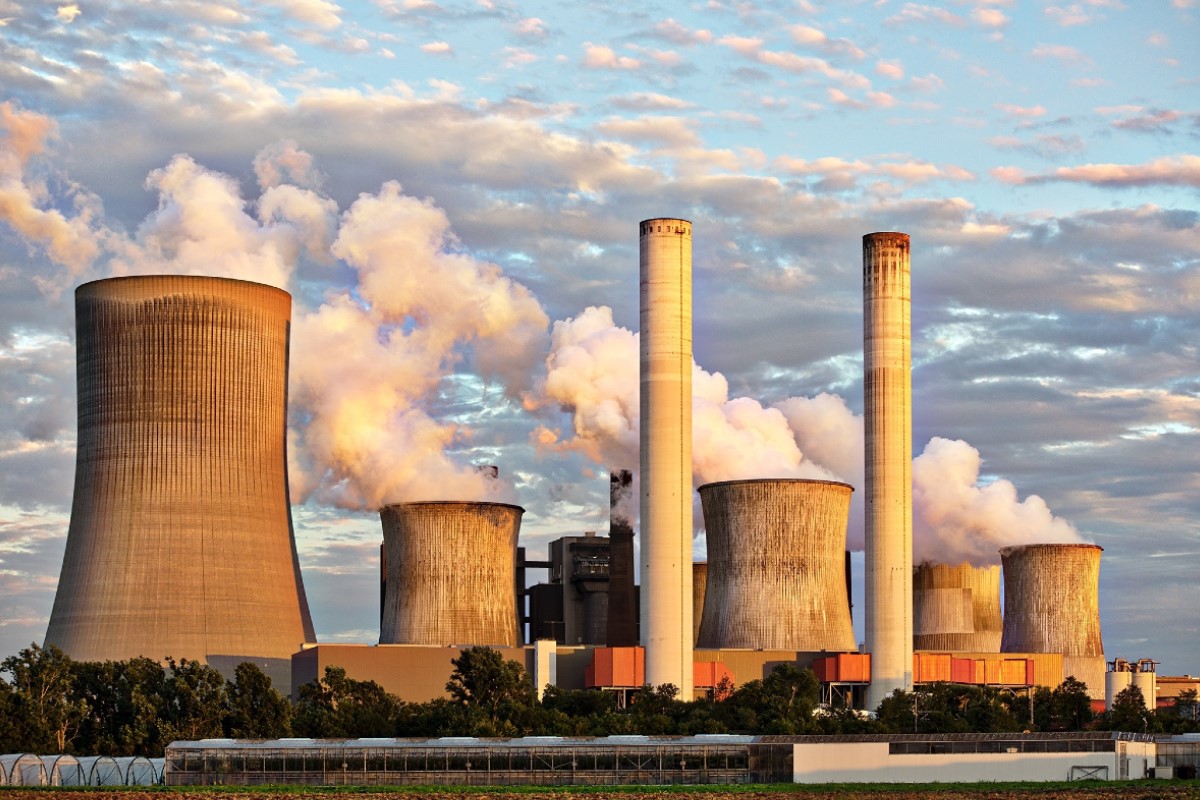
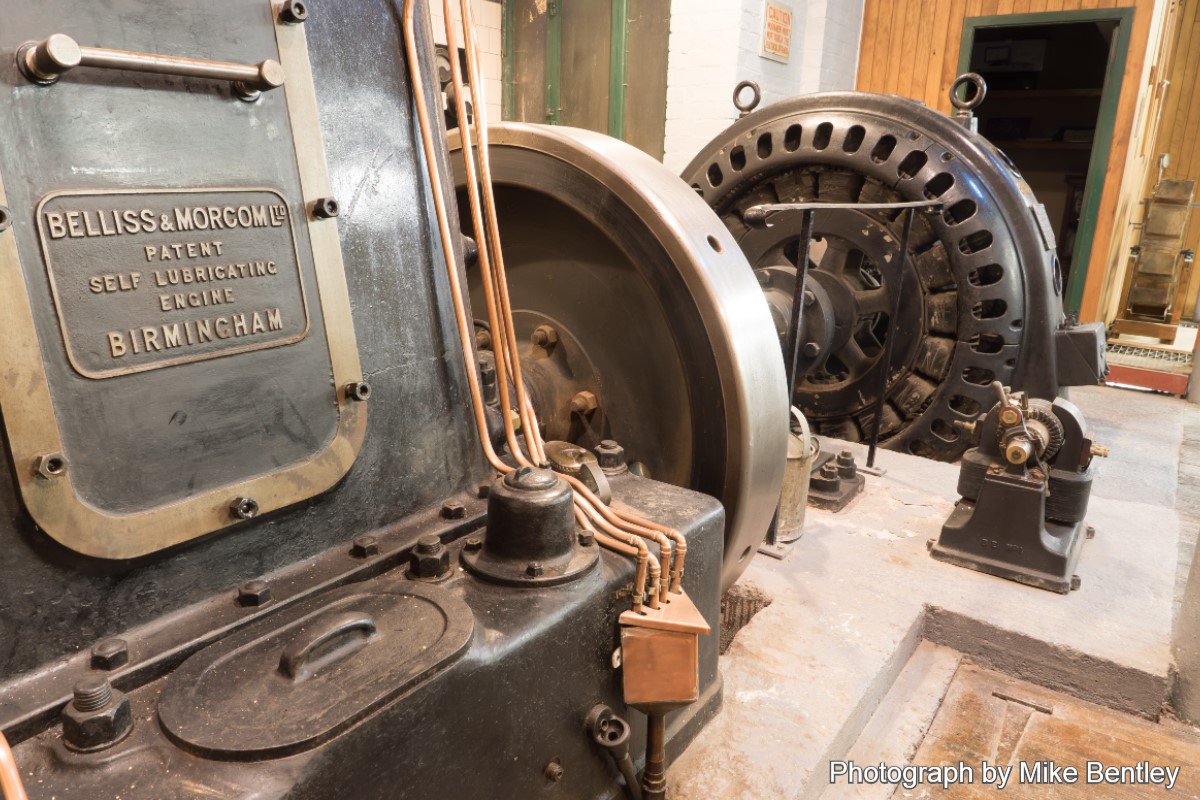
Electricity
The discovery of electricity brought a new way to power machines. Throughout the 1800s the design of steam engines improved, but they were eventually replaced by electricity. Electrical motors are cheaper and smaller than steam engines. Each machine could have its own electric motor. As a result, factories didn’t have to have big and expensive steam engines, and the pulley systems to drive lots of machines, so could be much smaller. Factories could also be placed anywhere that had an electricity supply.
Engine and Generator, Calderdale Industrial Museum
Renewable Energy
Steam power is still used today in power plants to generate electricity. However new technologies make it possible to generate electricity from renewable energy. Windmills and solar panels are being used more. And where it is possible to make dams water turbines are also used to make electricity. In Calderdale there is lots of wind blowing across the high moors, so there are many windmills to be seen.
Wind turbines on a hillside.
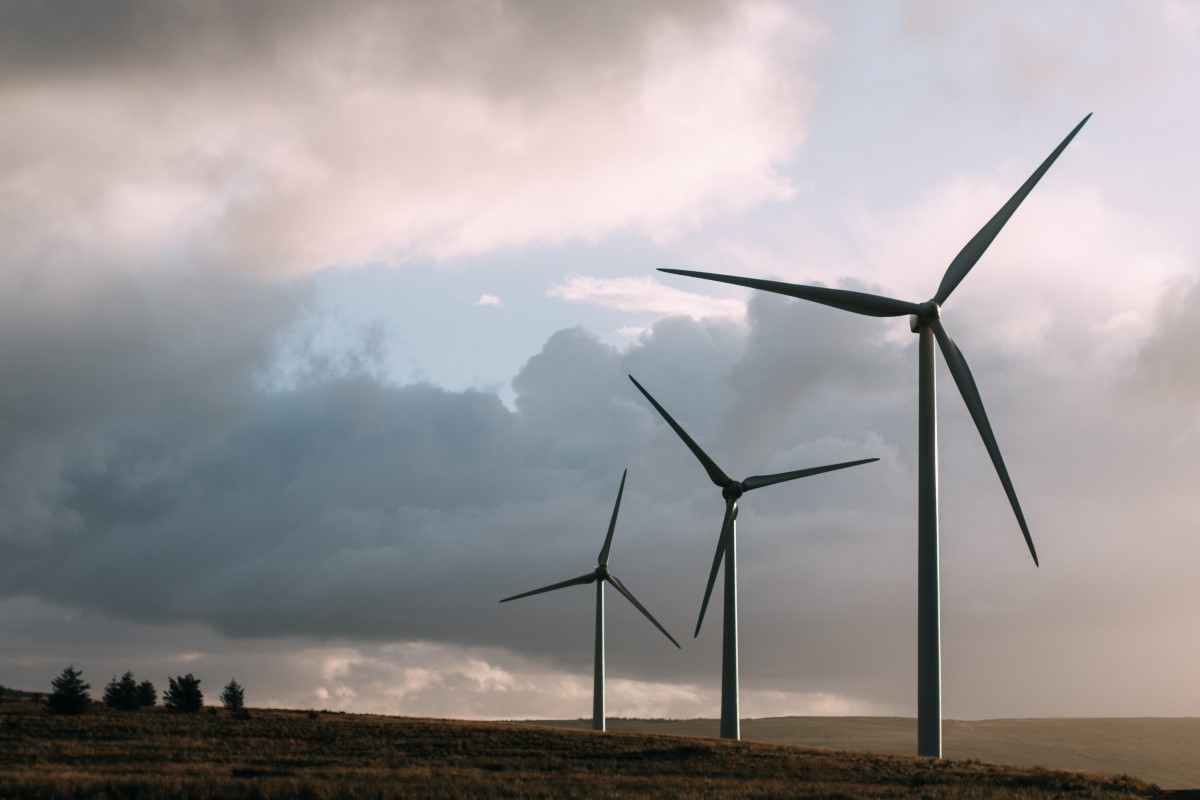
Register and login to access all the topic resources.
Privacy Policy Cookie Policy Accessibility Terms ![]() Like us on Facebook
Like us on Facebook ![]() Twitter and Instagram
Twitter and Instagram